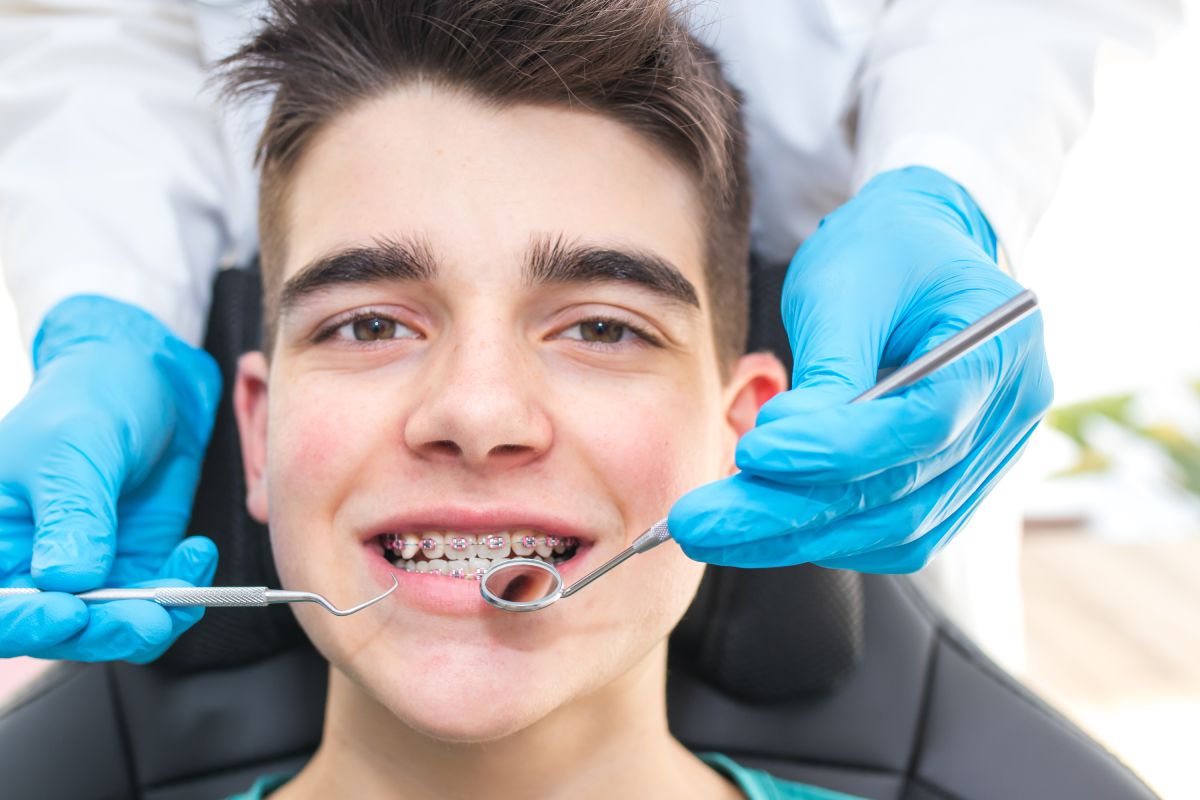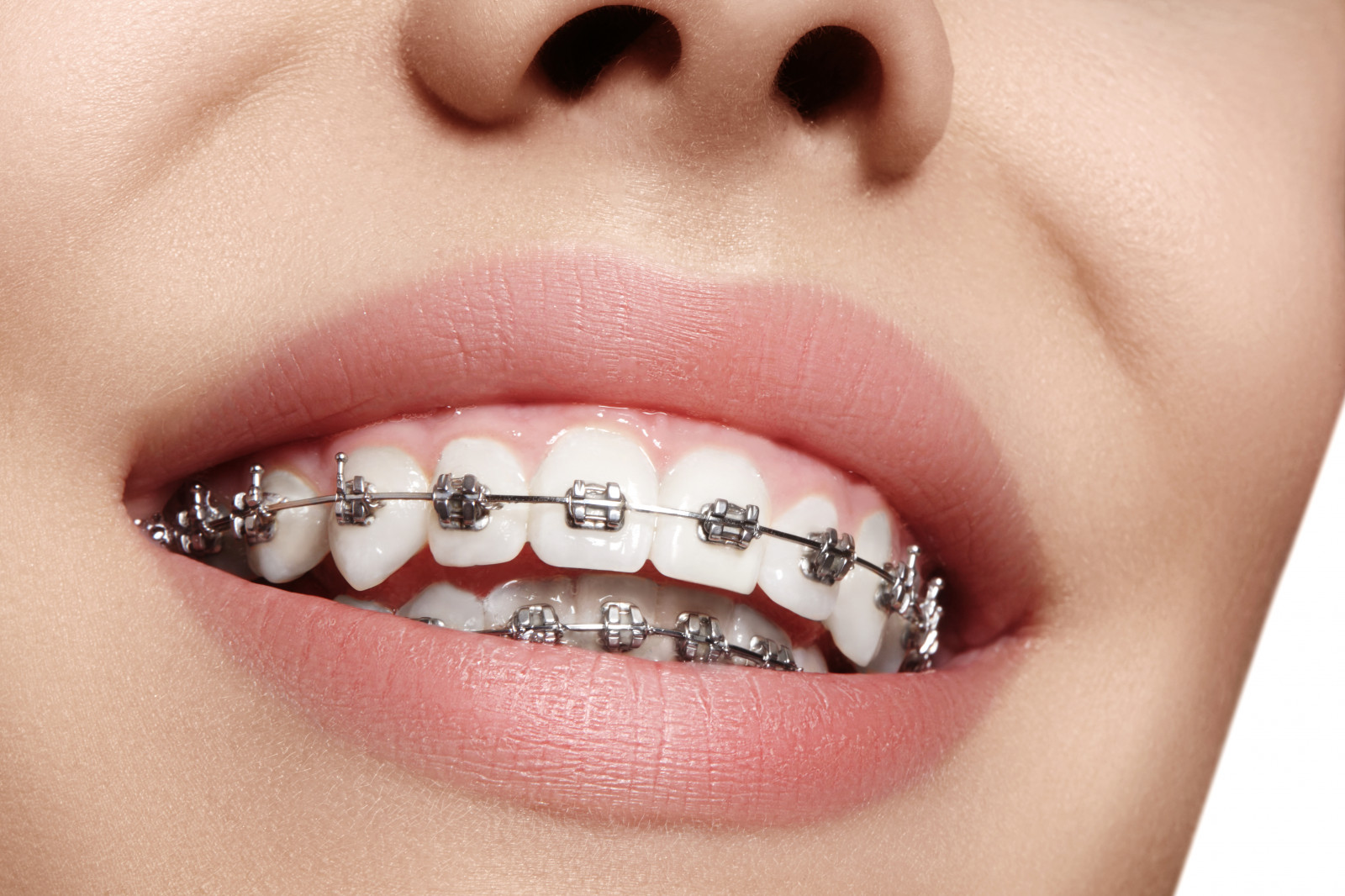Rumored Buzz on Causey Orthodontics
Table of ContentsThe Causey Orthodontics DiariesThe 4-Minute Rule for Causey OrthodonticsThe Best Strategy To Use For Causey OrthodonticsCausey Orthodontics for BeginnersWhat Does Causey Orthodontics Mean?
Ignoring occlusal relationships, it was normal to eliminate teeth for a variety of oral issues, such as malalignment or overcrowding. The idea of an undamaged dentition was not widely appreciated in those days, making bite relationships appear unimportant. In the late 1800s, the principle of occlusion was vital for developing reliable prosthetic substitute teeth.As these concepts of prosthetic occlusion advanced, it became an invaluable device for dental care. It remained in 1890 that the job and effect of Dr. Edwards H. Angle began to be felt, with his payment to contemporary orthodontics specifically notable. Concentrated on prosthodontics, he showed in Pennsylvania and Minnesota prior to directing his focus towards oral occlusion and the therapies required to keep it as a regular problem, thus coming to be known as the "dad of modern-day orthodontics".

The principle of suitable occlusion, as postulated by Angle and included right into a classification system, enabled a shift in the direction of dealing with malocclusion, which is any kind of discrepancy from regular occlusion. Having a full collection of teeth on both arches was highly searched for in orthodontic therapy as a result of the demand for precise connections in between them.
The 20-Second Trick For Causey Orthodontics
As occlusion ended up being the key priority, face percentages and visual appeals were ignored - best orthodontist near me. To attain optimal occlusals without using outside pressures, Angle postulated that having perfect occlusion was the very best way to gain optimum face looks. With the passing of time, it became quite evident that even an outstanding occlusion was not appropriate when considered from an aesthetic perspective
It became evident that orthodontic treatment could readjust mandibular development, leading to the development of functional jaw orthopedics in Europe and extraoral force actions in the US. These days, both practical devices and extraoral devices are applied around the world with the objective of modifying development patterns and forms. Consequently, seeking real, or a minimum of improved, jaw relationships had actually ended up being the major purpose of treatment by the mid-20th century.
The Causey Orthodontics Diaries
 The American Journal of Orthodontics was developed for this function in 1915; prior to it, there were no scientific objectives to adhere to, neither any type of specific category system and brackets that lacked functions. Till the mid-1970s, braces were made by covering steel around each tooth. With innovations in adhesives, it came to be feasible to rather bond steel braces to the teeth.
The American Journal of Orthodontics was developed for this function in 1915; prior to it, there were no scientific objectives to adhere to, neither any type of specific category system and brackets that lacked functions. Till the mid-1970s, braces were made by covering steel around each tooth. With innovations in adhesives, it came to be feasible to rather bond steel braces to the teeth.This has actually had meaningful effects on orthodontic treatments that are administered frequently, and these are: 1. Right interarchal connections 2. Appropriate crown angulation (suggestion) 3.
The advantage of the style exists in its bracket and archwire combination, which calls for just minimal cable bending from the orthodontist or medical professional (cheapest orthodontist near me). It's appropriately named after this function: the angle of the port and density of the bracket base inevitably establish where each tooth is situated with little demand for added control
See This Report on Causey Orthodontics
Both of these systems used the same braces for each tooth and necessitated the bending of an archwire in three planes for locating teeth in their desired placements, with these bends dictating ultimate placements. When it comes to orthodontic home appliances, they are divided into 2 kinds: detachable and dealt with. Detachable appliances can be handled and off by the person as called for.

Therefore, mostly all modern-day fixed appliances can be considered variations on this edgewise home appliance system. Early 20th-century orthodontist Edward Angle made a significant payment to the globe of dentistry. He developed 4 distinctive device systems that have been made use of as the basis for many orthodontic treatments today, barring a couple of exemptions.
The smart Trick of Causey Orthodontics That Nobody is Talking About

The cord finished in a thread, and to relocate onward, a flexible nut was utilized, which enabled a boost in area. By ligation, each private tooth was attached to this expansive archwire (emergency orthodontist near me). Because of its restricted series of motion, Angle was unable to achieve precise tooth placing with an E-arch
These tubes held a firm pin, which might be repositioned at each consultation in order to move them in position. Called the "bone-growing appliance", this gizmo was thought to urge much healthier bone development because of its capacity for transferring force straight to the origins. Executing it verified problematic in fact.